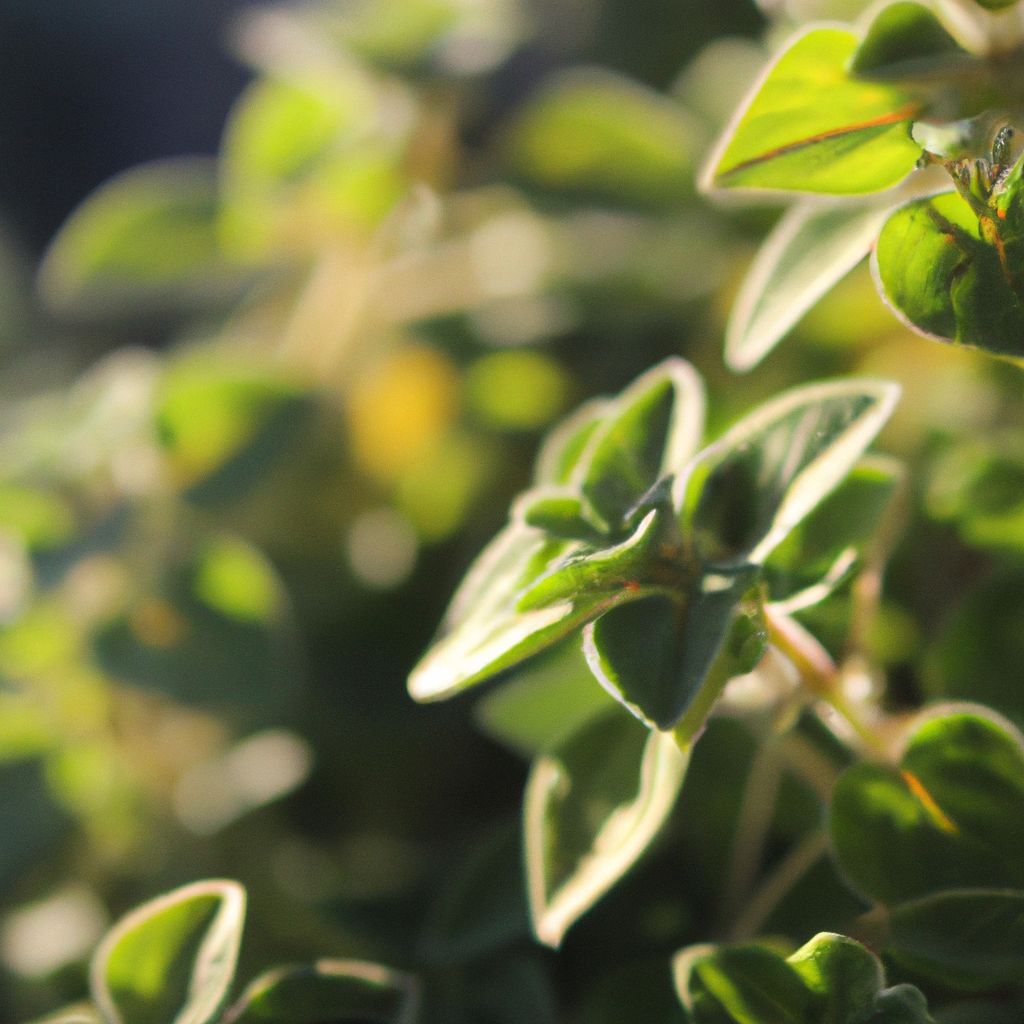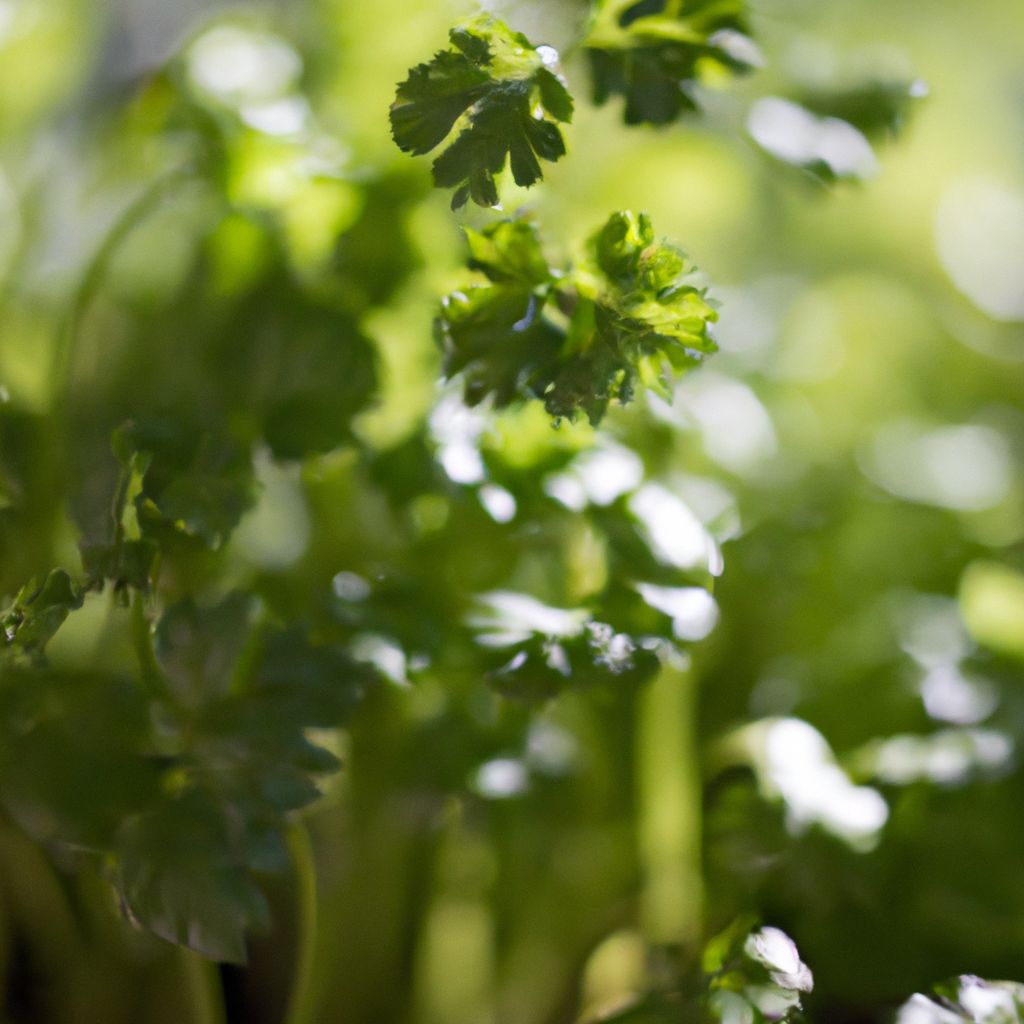Oregano is a versatile and aromatic herb that can transform your cooking with its delightfully robust flavor. This easy-to-grow herb also offers ornamental value in the garden with its attractive foliage. Oregano cultivation at home provides a convenient way to have access to fresh oregano anytime to elevate soups, sauces, meats, vegetables, and more.
With proper care and conditions, you’ll be harvesting homegrown oregano in no time. Follow this complete guide to cultivating flavorful oregano from seed to storage.
Selecting the Right Oregano Variety
When starting your oregano growing journey, the first step is selecting the right variety suited to your climate, space, and cooking needs. There are several popular oregano varieties to choose from:
Common Oregano
Common oregano (Origanum vulgare) is the most widely used and hardy oregano variety. It has a robust, slightly bitter taste and is a versatile option for seasoning many savory dishes. This oregano grows vigorously, reaching 2 feet tall and spreading into bushy clumps. It’s a great choice for garden beds and containers.
Greek Oregano
Greek oregano (Origanum heracleoticum) offers an intensely aromatic, earthy flavor. It shines in Mediterranean dishes like pizza, pasta, salads, and more. This variety has a compact, mounding growth habit, making it ideal for container gardening. The leaves are flavorful both fresh and dried.
Italian Oregano
Italian oregano (Origanum x majoricum) delivers a robust, spicy flavor. It has a similar taste profile to common oregano but with a touch more sweetness. This oregano is perfect for elevating Italian cuisine. It has large, rounded leaves and vigorous growth reaching 18 inches tall.
Golden Oregano
Golden oregano (Origanum vulgare ‘Aureum’) is prized for its attractive golden-chartreuse foliage that provides ornamental value. It has a milder, slightly lemon flavor compared to other oregano varieties. Golden oregano brightens up containers, herb gardens, and borders with its vivid colored leaves.
When selecting an oregano variety, consider your specific taste preferences, intended culinary uses, and growing space. Herb enthusiasts also enjoy planting different oregano varieties together for their diversity of flavors, aromas, and growth habits.

Choosing the Best Location for Oregano
Once you’ve selected the ideal oregano variety, the next key step is choosing the best outdoor or indoor location to plant it. Here are the optimal conditions for oregano growth and production:
Sunlight Requirements
- Full sun
- At least 6 hours of direct sunlight daily
Oregano thrives in full sun. Ensure the planting site receives at least 6 hours of sun exposure each day for the best growth.
Soil & Drainage
- Well-draining
- Loamy or sandy texture
- Neutral pH of 6.5-7.0
Prepare soil with plenty of organic compost to improve drainage and nutrients. Oregano prefers soil pH between 6.5-7.0.
Ideal Temperatures
- 70-85°F (21-29°C)
- Avoid frost or intense heat
Oregano grows best in warm temperatures between 70-85°F. Protect plants from frost damage and extreme summer heat.
Indoor Conditions
- South-facing window
- Grow lights -Minimum temperature of 70°F
Indoors, provide bright light from a sunny window or full spectrum grow lights. Maintain warm temperatures above 70°F.
Position your oregano in the sunniest part of your yard or outdoor space. For Oregano cultivation in container gardens, choose a spot with maximum sunlight exposure. Oregano also thrives indoors on sunny windowsills or under grow lights.
Planting Oregano from Seeds or Seedlings
One of the joys of growing oregano is that you can start plants easily from seeds or transplants. Here is a complete guide to getting your oregano planting journey started:
Starting Oregano from Seeds
Growing oregano from seed allows you full control from the very start. Follow these steps for success:
1. Choose Fresh Seeds
Select high-quality, non-GMO oregano seeds from a reputable source. Check the seed packet for the variety, germination rate, and planting time.
2. Prepare Seed Starting Containers
Fill starter trays or pots with a sterile, nutrient-rich seed starting mix. Ensure containers have drainage holes.
3. Sow Seeds & Cover Lightly
Sow seeds on the soil surface and lightly cover with about 1/8 inch more mix. Follow seed packet instructions for depth and spacing.
4. Maintain Warmth & Moisture
Place seed trays in a warm area (70-75°F). Keep seeds moist but not saturated. Consider using a heat mat for warmth.
5. Provide Proper Lighting
Once sprouted, move seedlings to bright, indirect light. Use grow lights to ensure 14-16 hours of daily light exposure.
6. Transplant Outdoors After Last Frost
Harden off seedlings for 7-10 days. Transplant into prepared garden beds or containers after all danger of frost has passed.
7. Water & Protect Seedlings
Keep soil moist but not soaked. Use cloches, shade cloth, or cold frames to protect tender seedlings if needed.
With proper care, oregano grown from seed provides a rewarding journey from sprout to harvest.
Planting Oregano Seedlings
For quick oregano gratification, you can plant nursery-bought seedlings. Follow these simple tips:
- Purchase seedlings after your last spring frost date
- Select young plants with healthy green leaves
- Harden off seedlings for 7-10 days before planting
- Dig holes the same depth as the root ball
- Set plants into holes and backfill soil
- Space oregano plants 12-16 inches apart
- Water thoroughly after planting
- Add mulch around plants to retain moisture
Look for compact, bushy seedlings showing no signs of yellowing, wilting, or flowering. Plant them at the same level they grew in the pot. Keep the soil consistently moist but not saturated.

Caring for Oregano Plants
Keep your oregano thriving with proper care and growing conditions. Here are tips for success:
Sunlight & Temperature
Oregano cultivation requires full sun and appreciates summer heat. Move container plants to optimize sunlight exposure. Provide afternoon shade if temperatures exceed 85°F.
Watering
- Water deeply once or twice weekly
- Require about 1 inch of water per week
- Check soil moisture before watering
- Avoid wet foliage
Water at ground-level, targeting the roots. Allow soil to dry slightly between waterings. Increase frequency during summer heat.
Fertilizing
- Use organic balanced fertilizer
- Fertilize every 2-3 weeks during growing season
- Avoid over-fertilizing
Feed plants with organic fertilizer diluted to half strength from spring through summer. Excess fertilizer can cause leggy growth.
Pruning
- Prune annually to shape plants
- Remove dead or damaged growth
- Cut outer stems to encourage new growth inside
- Improve air circulation
In early summer, prune lightly to maintain an attractive, bushy habit. Discard pruned trimmings promptly.
Winter Care
- Mulch plants to protect roots from cold
- Prune back by 1/3 before first frost
- Potted plants can be overwintered indoors near sunny windows
In cold regions, heavily mulch oregano for winter protection. Bring container plants indoors before the first frost.
Consistent moisture, ample sunlight, and proper pruning are key for keeping oregano plants healthy and productive. Adjust care as needed based on environmental factors.
Pruning and Harvesting Oregano
Here’s how to maximize your oregano harvest through proper pruning and harvesting techniques:
When to Prune Oregano
Prune oregano plants annually in early summer. Pruning encourages bushy new growth and ample leaf production. Avoid pruning in fall to allow plants time to harden off before winter dormancy.
How to Prune Oregano
- Use clean, sterilized bypass pruners
- Cut stems back by 1/3 to shape and rejuvenate
- Remove dead or damaged stems and leaves
- Cut outer stems to promote interior growth
- Discard pruned trimmings promptly
Make cuts just above leaf nodes. Prune conservatively, only removing up to one-third of the plant. Take care not to damage the crown.
Maximizing Yields
- Prune often to stimulate new growth
- Harvest before flower buds open for peak flavor
- Cut stems consistently throughout season
- Leave ample foliage intact on plants
Frequently pruning and harvesting leaves encourages oregano to continuously produce more. But don’t overprune – leave enough leaves to sustain plants.

How to Harvest
- Cut stems on a dry morning after dew evaporates
- Use sterilized scissors or pruners
- Cut stems with 4+ leaf pairs (6-8 inches long)
- Gently wash and dry leaves before use
Select healthy stems with abundant foliage. After harvesting, promptly wash leaves and let air dry before storage.
With proper pruning and consistent harvesting, a few oregano plants can provide a steady supply of leaves to flavor your cooking all season long.
Pest and Disease Control for Oregano Cultivation
When growing oregano, it’s important to be aware of potential pest and disease issues. Here are organic, non-toxic solutions to keep your plants healthy:
Common Oregano Pests
- Aphids
- Spider mites
- Caterpillars
- Snails/slugs
Organic Pest Control
- Remove pests by hand
- Use neem oil or insecticidal soap sprays
- Apply diatomaceous earth
- Introduce beneficial insects
- Use row covers as barrier
Control small infestations manually. For larger issues, practice prevention and use organic sprays targeting the specific pest. Always follow product labels.
Preventing Diseases
- Improve airflow and drainage
- Avoid excess moisture on leaves
- Space plants properly to allow air circulation
- Disinfect tools between uses
- Remove affected foliage immediately
Treating Diseases
- Rule out environmental factors
- Apply approved organic fungicides
- Dispose of severely infected plants
- Do not compost diseased debris
Promptly remove any yellowing or spotted leaves. Fix drainage problems and improve airflow. Only use fungicides labeled for edible herbs as a last resort.
Careful monitoring, prevention, and prompt action are key to keeping oregano disease-free and thriving.
Harvesting, Storing and Using Fresh Oregano

Follow these steps for harvesting, storing, and enjoying fresh homegrown oregano:
Harvesting Oregano
- Cut stems on a dry morning after dew dries
- Use clean scissors or pruners
- Select stems with healthy leaves (4+ leaf pairs)
- Rinse and gently dry leaves
Storing Oregano
- Place leaves in airtight containers
- Refrigerate for up to 1 week
- Label with harvest date
- Remove any wilted leaves
Freezing Oregano
- Place leaves in ice cube trays with olive oil or water
- Freeze solid cubes, then transfer to bags
- Use within 6 months
Drying Oregano
- Hang bundled stems or spread leaves on racks
- Place in cool, dry, dark place
- Dry until crispy and crumbly
- Store in airtight containers
Using Fresh Oregano
- Add to pastas, pizzas, salads, and sauces
- Season roasted vegetables, meats, and seafood
- Mix into marinades, dressings, and salsas
- Sprinkle on sandwiches, eggs, or cheese
Enjoy fresh oregano immediately for the best flavor. Proper post-harvest handling preserves the delightful flavor and aroma of your homegrown oregano.
Growing Oregano – Conclusion & Key Tips
Growing flavorful oregano from your own garden is an easy and fun endeavor for herb enthusiasts and cooks. Follow these key tips and guidance for success:
- Select the right oregano variety – Consider flavor profile, growth habit, and your cooking needs.
- Plant in the ideal location – Ensure full sun and well-draining soil enriched with organic matter.
- Start from seeds or transplants – Follow best practices for planting and caring for seedlings.
- Provide consistent moisture – Water thoroughly but allow soil to dry between waterings.
- Fertilize lightly – Use organic fertilizer diluted to half strength to avoid excessive growth.
- Prune annually – Prune in early summer to maintain desired shape and productivity.
- Harvest often – Snip leaves frequently to encourage continuous growth and maximize yields.
- Control pests organically – Prevent issues through proper care and non-toxic solutions.
- Store properly – Refrigerate, freeze, or dry leaves post-harvest to preserve flavors.
- Use fresh! – Incorporate just-harvested oregano generously into your favorite recipes.
With attentive care and the right growing conditions, you’ll be rewarded with an abundant oregano harvest. The aromatic flavor of homegrown oregano is a delightful addition to many culinary dishes. Embark on your own flavorful oregano cultivation journey this season!















































